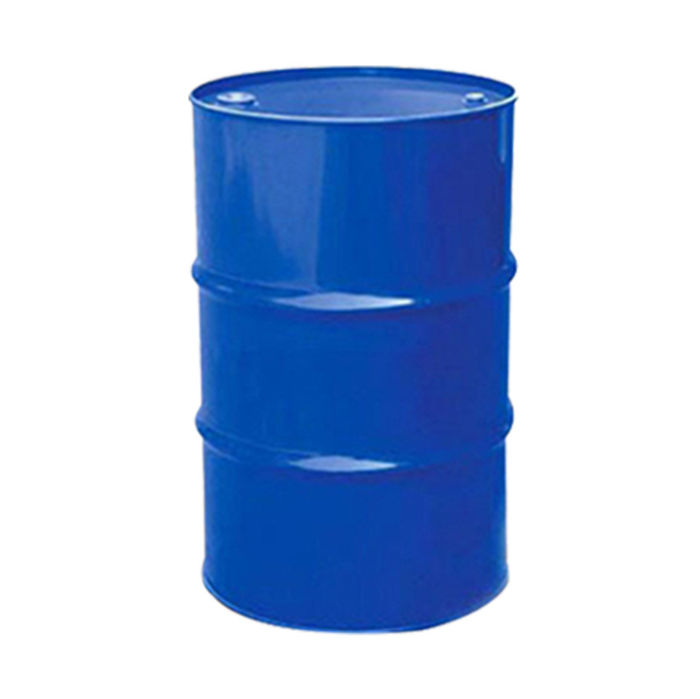
Mainly used in polyeste...
Ethylene glycol
Glycol (ethylene glycol) also known as "glycol", "1, 2 - ethyl diol", EG for short. The chemical formula is CH2OH 2, which is a super simple diol. Glycol is a colorless, odorless, sweet liquid that is toxic to animals. The lethal dose for humans is about 1.6 g/kg. Glycol is soluble in water and acetone, but less soluble in ethers. Used as solvent, antifreeze and raw material for polyester synthesis. Polyethylene glycol (PEG) is a phase transfer catalyst and is also used in cell fusion. Its nitrate is an explosive.
use
Mainly used in polyester, polyester resin, hygroscopic agent, plasticizer, surfactant, synthetic fiber, cosmetics and explosives, and used as a dye, ink and other solvents, engine antifreeze, gas dehydrating agent, manufacturing resin, also can be used in celloprine, fiber, leather, adhesives wetting agent. Can produce synthetic resin PET, fiber grade PET that is polyester fiber, bottle flake grade PET for the production of mineral water bottles. Alkyd resin can also be produced, glyoxal, also used as antifreeze. In addition to being used as antifreeze for automobiles, it is also used for conveying industrial cooling capacity. It is commonly called as refrigerant carrier. Meanwhile, it can also be used as condensing agent as water.
Ethylene glycol methyl ether series products are of excellent performance organic solvent, as the printing ink, industrial cleaning agents, coating (nitrocellulose lacquer, varnish, enamel), copper clad solvent and thinner, printing and dyeing, etc; It can be used as raw material for producing pesticide intermediates, pharmaceutical intermediates and synthetic brake fluid. As electrolyte for electrolytic capacitors, tanning chemical fiber dye, etc. Used as textile auxiliaries, synthetic liquid dyes, and raw materials for desulfurizers in fertilizer and oil refining.
When ethylene glycol is used as a refrigerant, it should be noted that:
1. Its freezing point changes with the concentration of ethylene glycol in aqueous solution. When the concentration is below 60%, the freezing point decreases as the concentration of ethylene glycol increases. When the concentration of 99.9%, its freezing point up to 13.2 ℃, which is concentrated antifreeze mother liquid (antifreeze), an important reason why cannot be used directly, must attract the attention of the user.
2. Ethylene glycol contains hydroxyl group, which will be oxidized into glycolic acid first and then oxalic acid (oxalic acid), containing two carboxyl groups. Oxalic acid and its byproducts affect the central nervous system first, then the heart, and then the kidneys. Without proper treatment, excessive intake of glycol can lead to death. Glycol glyoxic acid, which causes corrosion and leakage of equipment. Therefore, in the preparation of antifreeze, there must also be a preservative, to prevent the corrosion of steel, aluminum and the formation of scale.
- Prev:Isopropyl alcohol (IPA)
- Next:Industrial alcohol
 WeChat
WeChat Contact
Contact support hotline:15051969000
support hotline:15051969000




